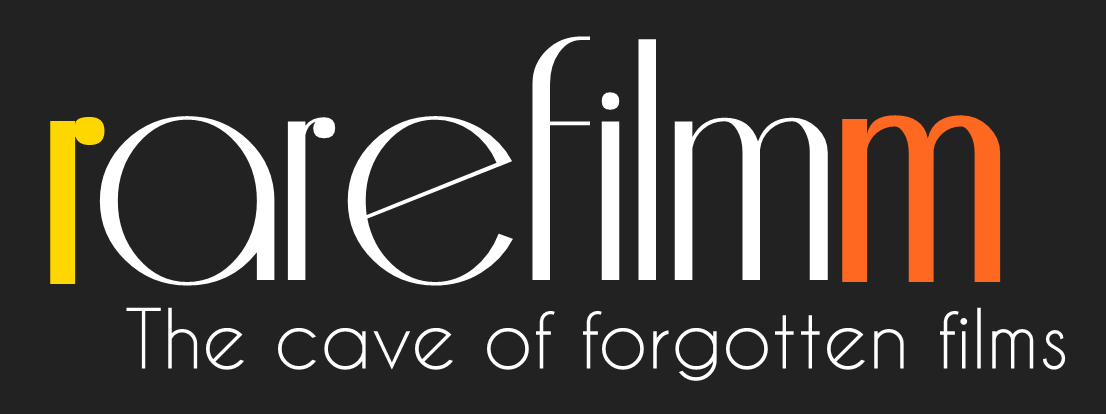Horror, but with a comedic twist? Tadeusz Wilkosz decided to tell the story of abandoned objects from the attic. The titular sack goes on a rampage of destruction and begins to devour the numerous junks gathered there. Will the red beast devour all the things scattered in the attic? Puppet animation made at the Studio Małych Form Filmowych “Se-Ma-For” in Łódź.
Category: Animation
The film takes place in the XIX century. In a rich house come to the New Year’s tree children from rich families. A servant girl, similar to Cosette from Les Miserables by Victor Hugo, observes their holiday. After the holiday, during the cleaning of the hall, she dances with a broom instead of a partner and sees an abandoned nutcracker – a toy that was cracked with nuts and almost broke. She awakens a pity for the Nutcracker, and he comes to life and tells the main character about his past.
In 1981 Hanna Barbera had come up with the idea of an animated TV special for ABC titled Rock Odyssey. The film would be shelved (most likely due to its violent and graphic imagery) until the mid-1980s when the project would resume production. The film would feature many popular songs at that time by such artists as Jerry Lewis, The Beatles, and Wham!, which were all being covered by their own singers. The film, narrated by a jukebox voiced by Scatman Crothers, tells the story of Laura who’s searching for true love through the four decades of 20th century rock.
This animated short outlines the problems with alcohol consumption despite its social acceptability in western society. It provides a cursory look at how easily alcohol is produced, and the physiological effects of alcohol on humans, especially when it enters the bloodstream. It delves further into the process of drunkenness. Although few people die from overdosing on alcohol, it describes other direct and indirect dangerous effects of alcohol consumption, such as drinking and driving. It also lists the many reasons why people drink for good and bad.
Inspired by Leos Janacek’s Sinfonietta, The Queen’s Monastery is about a woman whose lover, a former acrobat, has returned to her from war a changed man. Using a highly individual watercolour technique the narrative explores themes of love, escapist fantasy, obsession and guilt.
In 1930s, hard-working girl Betty Boop sings at nights at her uncle Mischa’s popular NY nightclub and dreams of marrying a posh rich playboy, Waldo. Gangster Johnny “Throat” and a nice hard-working ice-seller, Freddy, also woo her.
Originating from the filmmaker’s childhood confusion over an English expression regarding sex, Marie Paccou’s 1998 animation is the absurd, yet emotive tale of a woman who wakes one day to find a small man growing out of her abdomen. Telling her surreal story through sketchy black-and-white animation, complemented by a philosophical voiceover, at the center of Un Jour is a thought-provoking metaphor that is bound to provoke many different readings.
Through a meaningful hail of bullets, flying glass and bloodshed, this animated film poses many profound questions about watching and responding to TV violence. Its images and sounds are disturbing and provocative, forcing viewers to examine what, why and how they watch TV, and to examine the effects of television violence on themselves and others.

 For any questions or requests you can always find me at rarefilmm@gmail.com. Stay tuned for those new movies! Thank you once again for all the love and support and thanks a lot to everyone who keeps spreading the word about the site, the rarefilmm community is truly amazing, I'm very grateful for all your love and support
For any questions or requests you can always find me at rarefilmm@gmail.com. Stay tuned for those new movies! Thank you once again for all the love and support and thanks a lot to everyone who keeps spreading the word about the site, the rarefilmm community is truly amazing, I'm very grateful for all your love and support 
